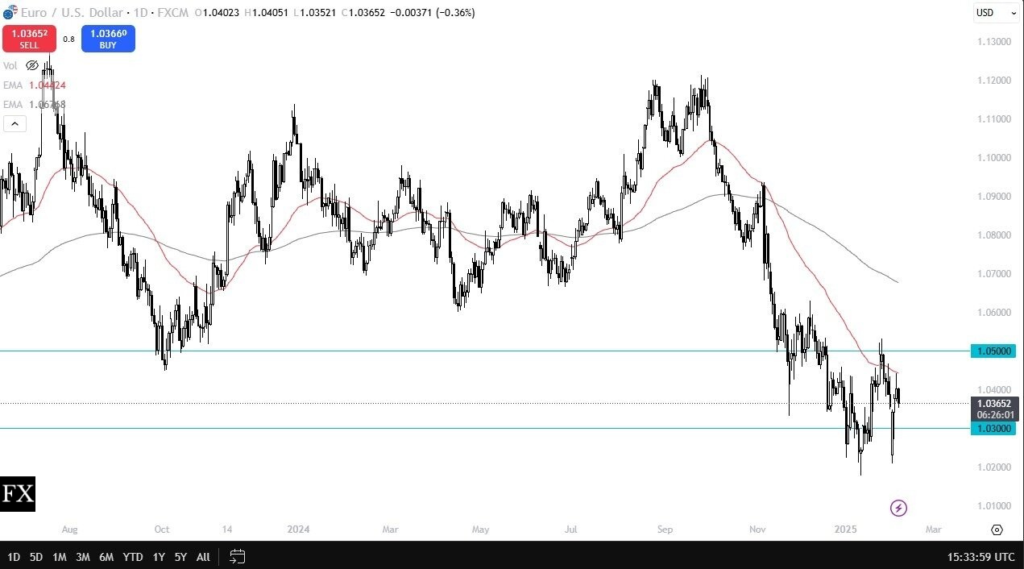As a primary focus in daily currency market analysis, the EUR/USD provides an immediate snapshot of the US Dollar Index performance, given the Euro’s dominant position as the most heavily traded currency against the USD. A notable observation is the apparent reluctance among traders to establish short positions on the US Dollar in anticipation of the crucial Non-Farm Payroll (NFP) data release. This suggests a cautious sentiment, hinting at a potential continuation of Dollar strength depending on the NFP outcome. While any economic data release carries the potential for surprise, the prevailing market consensus currently leans towards further USD appreciation against the Euro, largely driven by the increasingly divergent monetary policies of the respective central banks. The fundamental difference in approach between the Federal Reserve and the ECB appears to be a major factor influencing market positioning.

Central Bank Policies and Geopolitical Factors Driving Dollar Demand
The Bank of England’s recent decision to lower interest rates by 25 basis points, accompanied by signals of further easing measures, may have exerted indirect pressure on the EUR/USD pair. The anticipation of continued rate cuts in the UK, coupled with the ECB’s already dovish stance, strengthens the case for the US Dollar as a relatively more attractive currency. The interest rate differential favoring the United States, combined with persistent global economic uncertainties, amplifies the appeal of the USD as a safe-haven asset. It is also important to acknowledge the looming possibility of renewed trade tensions between the US and the European Union, particularly if Donald Trump reinstates tariffs on European goods. This geopolitical risk further bolsters demand for the US Dollar.
Anticipating Range-Bound Movement with a Downside Tilt; Key Levels to Watch
The short-term outlook for the EUR/USD suggests a continuation of range-bound trading, albeit with a potential bias towards downward movement. The 1.05 resistance level presents a significant barrier to upward momentum, while the 50-day Exponential Moving Average (EMA) has consistently acted as a dynamic resistance level. It is anticipated that sellers will likely re-enter the market within this range, unless a major unforeseen event triggers a sharp reversal. A breakdown below the current trading range could lead to a test of the 1.0250 support level. Conversely, a sustained rally above 1.05 would negate the bearish outlook and open the door to further upside potential. Therefore, traders should carefully monitor these key levels for potential trading opportunities.
Ready to trade the EUR/USD Forex analysis? Here’s a list of some of the top forex brokers in Europe to check out.

